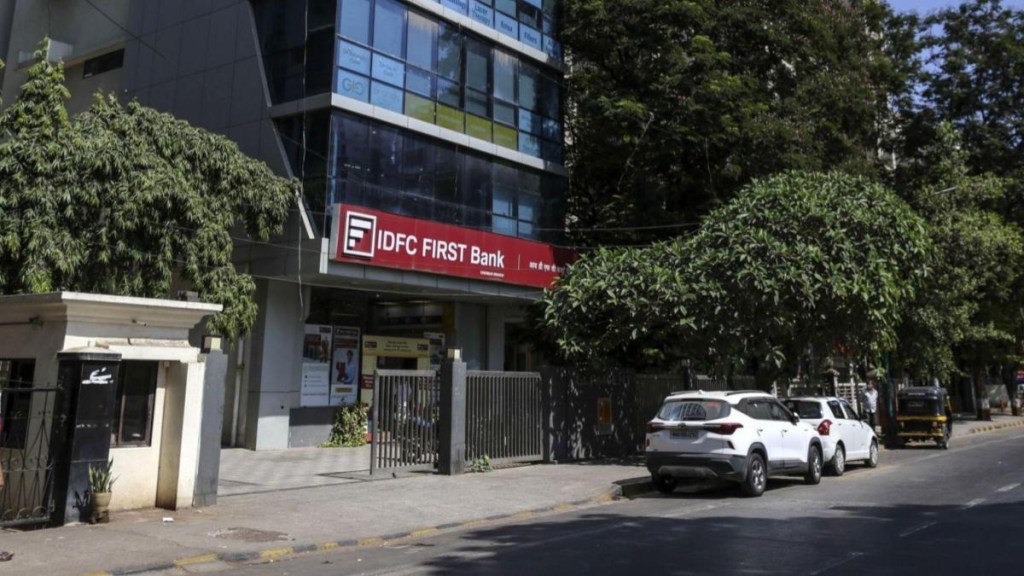The draft guidelines of the Reserve Bank of India (RBI) on the liquidity coverage ratio (LCR) could have a negative 2-3-bps impact on IDFC First Bank’s net interest margin (NIM), if implemented in its entirety, managing director & CEO V Vaidyanathan tells Piyush Shukla. Excerpts:
What could be the impact of the RBI’s draft LCR guidelines on the bank?
We have close to a year now to prepare and raise funds. We will be able to raise the incremental funds comfortably because we are doing well on deposits and our lines of credit are also open. We may need to raise additional deposits of about Rs 10,000-12,000 crore and at a negative drag of say 70 bps, the annual impact could be Rs 80 crore, which is manageable. In terms of NIM, the impact may be 2-3 bps. The NIM on overall assets stood at 6.22% in Q1FY25.
Will the bank go slow on digital deposits due to the draft guidelines?
In today’s world, customers need digital services first as they do not have time to visit any branch. The more important fact is that digital is not only used for opening accounts or doing transactions, it gives you a lot of solutions, insights, investment options, financial planning and also customer services.
Have the draft LCR norms unintentionally hit those lenders who targeted granular deposit accounts and built efficient digital capacities?
At our bank, we believe that retail deposits are a very important part of business as retail customers are usually much stickier. They transact with ID, password, digital solutions, auto debit, standing instructions, EMI, bill pay, etc. It is our job to provide these services to customers and to build a stable franchise for the bank.
The Q1FY25 PAT was lower 11% YoY due to higher slippages in microfinance loan business. What is the guidance for Q2?
Both the corporate and retail portfolios are faring very well. MFI has behaved well, but because of floods in Tamil Nadu, there are delayed repayments. So, that will have provisions next quarter, but Q3 provisions could come down, and Q4 could decline further. Covid-19 came and went, after that it was business as usual. At the end of the day, our asset quality is very strong, with rural, MSME, and retail gross NPA ratio of 1.46% and net NPA ratio of 0.46%. This MFI book is important from meeting criteria of PSL to weaker sections. In the JLG (joint liability group) business also, we have tightened the norms on individual lending and started insuring portfolio. Since January 2024, our incremental portfolio is insured via CGFMU.
Your guidance on asset quality…
Currently, our gross NPA ratio stands at 1.90% and net NPA at 0.59% — these are quite strong numbers. We have guided for 1.65% credit cost in FY25, and an additional 20 basis points (bps) credit cost would be on account of the JLG book, so 1.85% credit cost for the full year. The good news is that except for theJLG book, frankly whether it is heat wave or election or other macro events, the asset quality is quite stable even by itself. More importantly, after three years of Covid-19, our credit cost has been quite low.
What is the target CD ratio for FY25?
We have been disciplined in lowering our CD ratio from the start and have brought down the incremental CD ratio to 72%. For this year, we still need to pay around Rs 7,000 crore of legacy bonds. So, we will need to grow deposit by 30% this year to comfortably pay off the bonds and for normal credit growth. We should be able to grow deposits by 30%. We expect the overall CD ratio to touch low 90s in FY25 and go into 80s in FY26.

